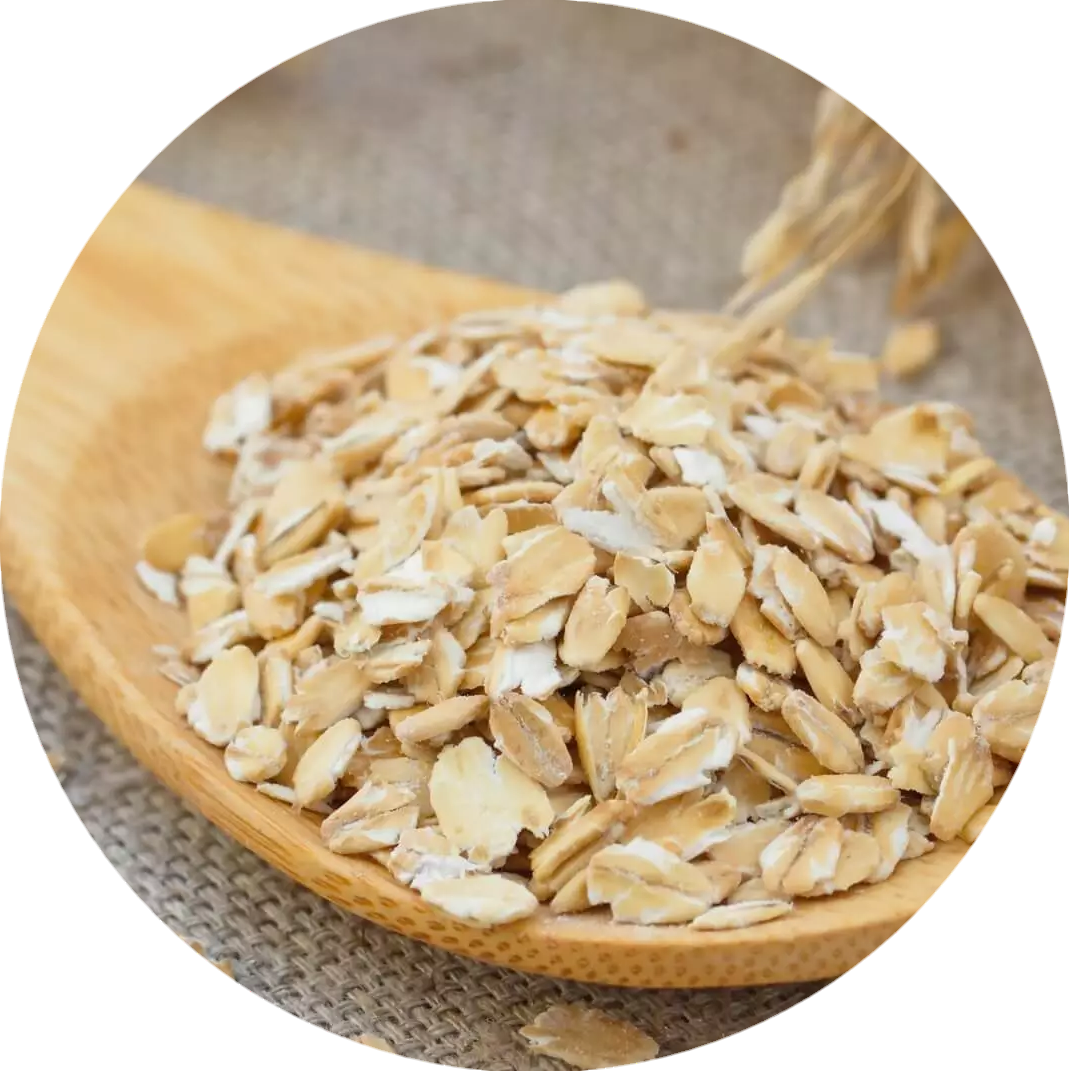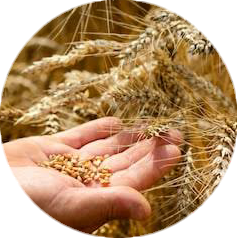Wheat Bran / Wheat Husk

Wheat bran is obtained from wheat processing. The flour is sieved, leaving the outer layers of the wheat grain - the wheat bran. Wheat bran is used to help enrich the diet insoluble fiber. The fiber leads to faster and longer feeling satiety and works against constipation.

Wheat husk is a lignocellulosic waste product which is about 15–20% of wheat and some extents of wheat husk uses as cattle food and fuel [7], [8]. ... It is a member of the wheat tribe (Triticeae) and is closely related to wheat. Rye grain is used for flour, rye bread, rye beer, whiskies, vodkas, and animal fodder.


Description
Wheat bran is obtained from wheat processing. The flour is sieved, leaving the outer layers of
the wheat grain - the wheat bran. Wheat bran is used to help enrich the diet insoluble fiber.
The fiber leads to faster and longer feeling satiety and works against constipation. In
irritable bowel syndrome, a high-fiber diet, for example by eating wheat bran, can lead to an
improvement in symptoms.
Uses:
Constipation.
To support a weight-loss diet.
For symptom relief with irritable bowel syndrome.
For haemorrhoids,
Properties:
The husks are a by-product in the production of grain and constitute an available source of
cellulose and lignin in large quantities. Wheat husks contain 36% cellulose, 18% hemicellulose,
16% lignin, 9% starch, 6% protein and 5% fat (Bledzki et al., 2010)


Description
Wheat husk is a lignocellulosic waste product which is about 15–20% of wheat and some extents of
wheat husk uses as cattle food and fuel [7], [8]. ... It is a member of the wheat tribe
(Triticeae) and is closely related to wheat. Rye grain is used for flour, rye bread, rye beer,
whiskies, vodkas, and animal fodder.
Uses:
Rice bran is used for treating diabetes, high blood pressure, high cholesterol, alcoholism,
obesity, and AIDS; for preventing stomach and colon cancer; for preventing heart and blood
vessel (cardiovascular) disease; for strengthening the immune system; for increasing energy and
improving athletic performance; for improving liver function; and as an antioxidant.Some people
apply rice bran directly to the skin for an allergic skin rash called eczema (ectopic
dermatitis).
Properties:
Search Results
Featured snippet from the web
Nutritionally, wheat bran is a rich source of dietary fiber; it is also a good source of
proteins, minerals, vitamins, and antioxidants. Wheat bran can contain over 50% fiber, most of
which is insoluble dietary fiber. The major fiber components of wheat bran are
hemicelluloses, mainly arabinoxylans.